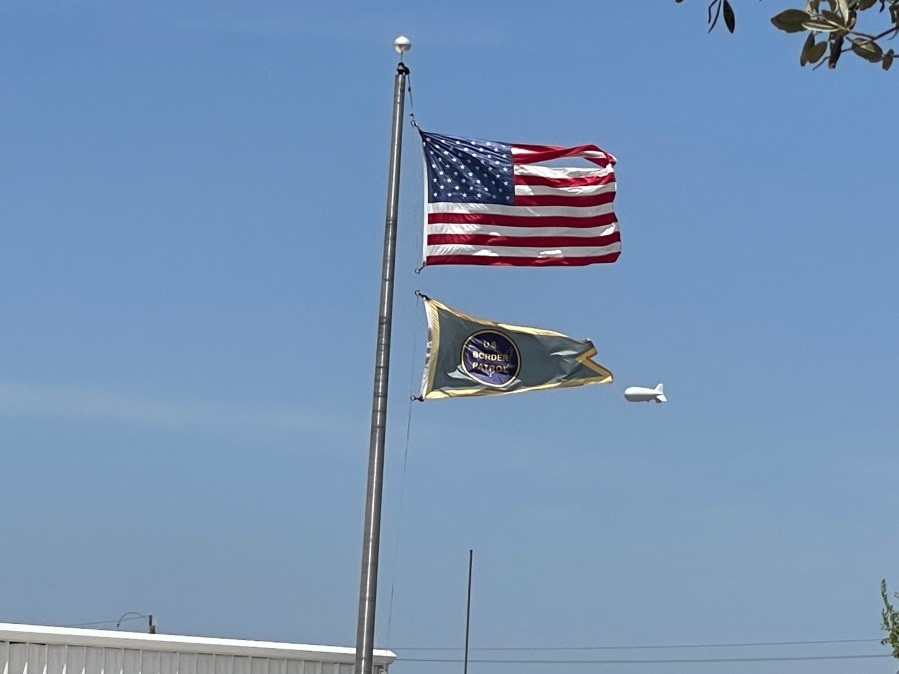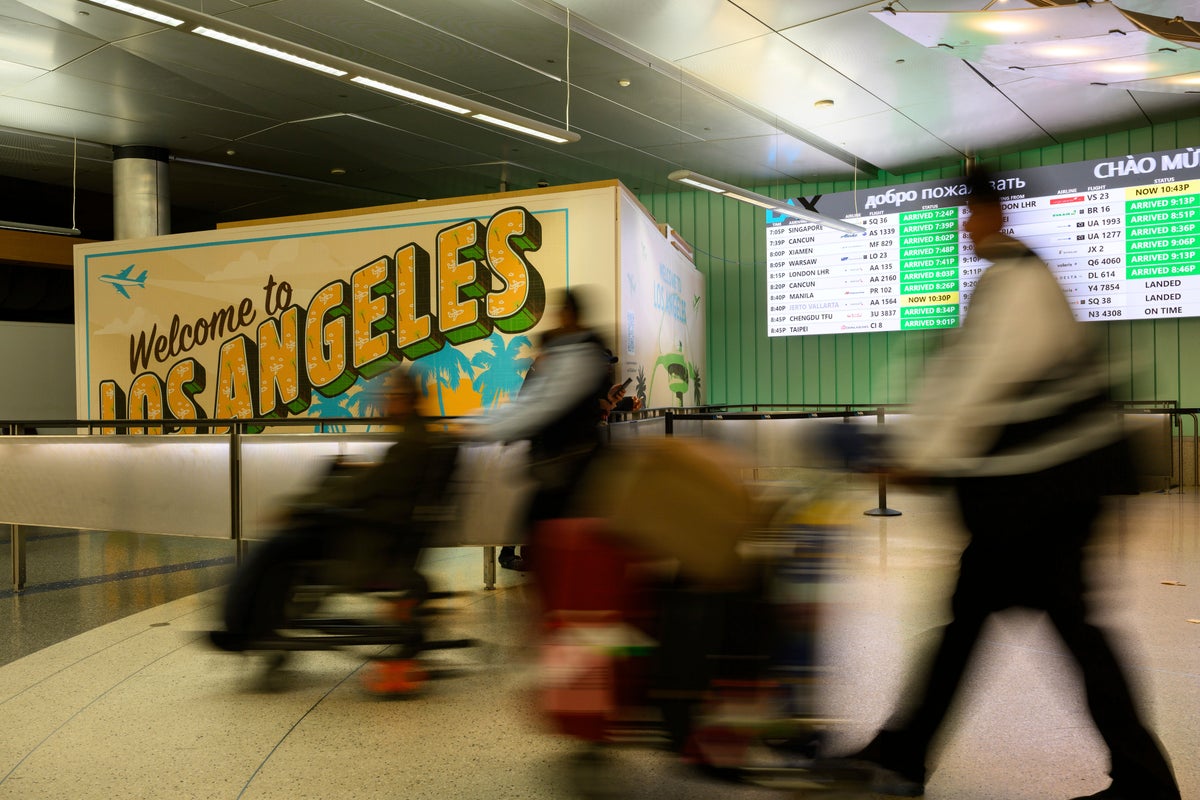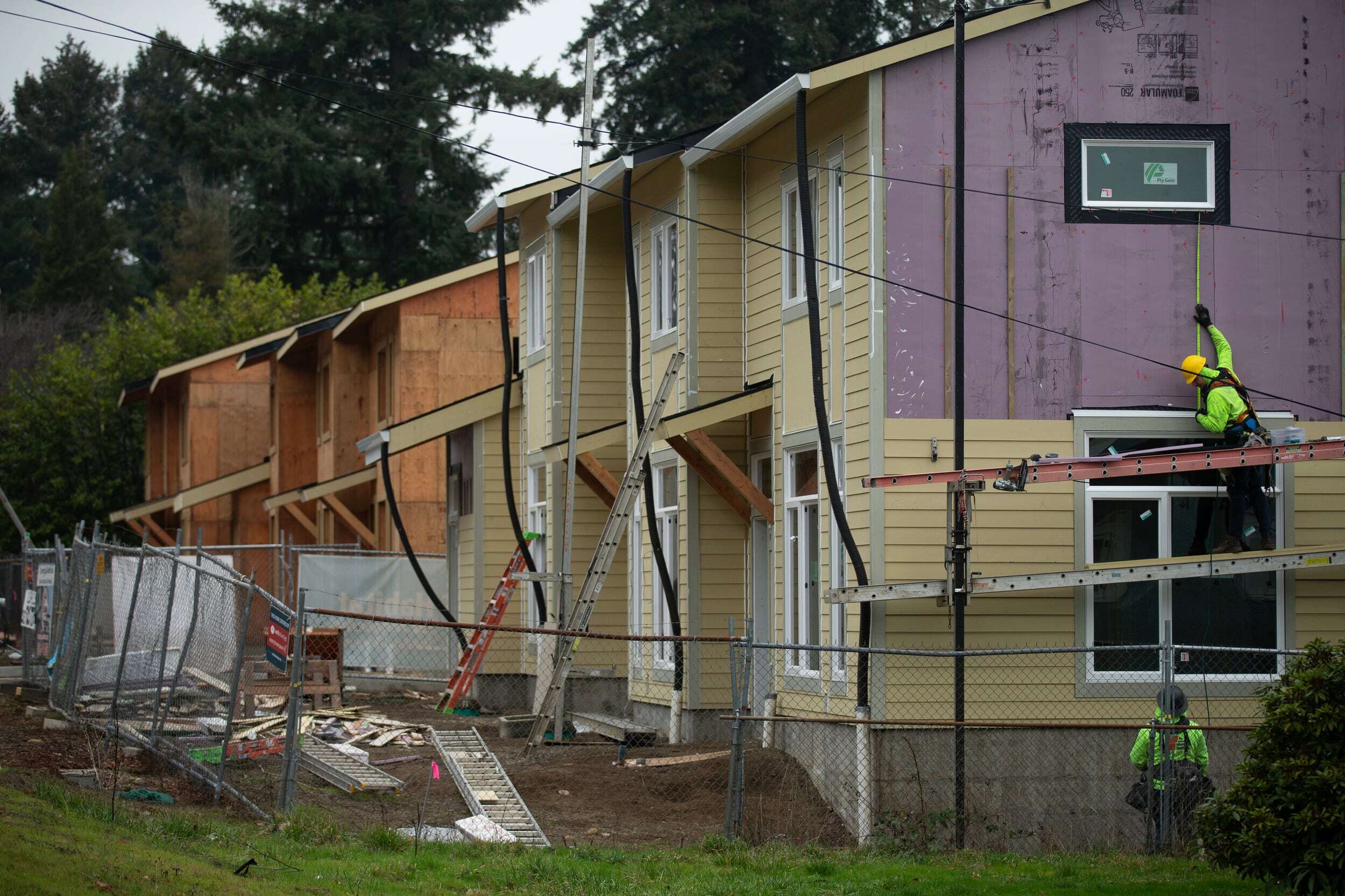Surveillance Blimp Overlooks Zapata, Texas
A massive tethered air surveillance blimp is currently hovering over the skies of Zapata, Texas, a small rural ranching town. Locals have noticed the Tethered Aerostat Radar System (TARS) in recent days, marking it as one of the latest high-tech devices deployed along the South Texas border. This deployment comes after several years without such a presence in the area.
Zapata County Judge Joe Rathmell confirmed to Border Report that this is the first surveillance blimp to be deployed here in some time. He also mentioned that he has not received any negative feedback about the device. “I haven’t had any comments, negative comments come to my office about, the aerostat being back up. You know, we did have a few years ago one and they closed it down,” Rathmell said from his office at the Zapata County Courthouse.
While some residents express concerns about potential surveillance by Immigration and Customs Enforcement (ICE) officers, others support increased border security. However, none of those interviewed wished to be named or have their photos taken.
The aerostats are operated by U.S. Customs and Border Protection’s Air and Marine Operations. They are equipped with dozens of cameras and sensory technology, capable of detecting and tracking suspicious border events from the air. The radar can reach up to 200 miles, while the cameras can see between 25 to 40 miles.
These helium-filled devices are over 185 feet long and 62 feet wide, weighing between 1,200 and 2,400 pounds, according to CBP. There are currently eight aerostat sites on the Southwest border, stretching from Cameron County on the Gulf to Tucson, Arizona.
Recent sightings include aerostats near Roma in Starr County, Rio Grande City, and other locations in South Texas. An aerostat typically operates above western Hidalgo County in the La Joya area, but only when strong Gulf winds subside. These devices cannot fly during harsh weather conditions or storms.
One aerostat that was tethered off the tip of South Padre Island broke free in March due to strong winds. Its remnants landed in a field about 600 miles away in Quinlan, Texas, outside of Dallas.
The cost of operating these units is significant, with monthly expenses reaching $40 million for contractors—mostly retired military veterans—who raise and lower the blimps. CBP personnel manage the actual surveillance, and much of the equipment was acquired as Army surplus from the Afghanistan War.
U.S. Rep. Henry Cuellar, D-Texas, has long questioned why CBP personnel aren’t trained to handle the aerostats, potentially saving costs. There have also been discussions about upgrading the aerostats to more modern systems from the Department of Defense.
Border Report has asked CBP about the specific device flying over Zapata, whether it is a newer model, and the extent of its radar and camera range. Updates will be provided if additional information becomes available.
The budget bill signed by President Donald Trump on July 4 includes over $3 billion for new border technology and $2.7 billion for new border surveillance.
Judge Rathmell hopes that increased border security in South Texas will involve more aerostats and manpower rather than building additional structures. “We’re talking about the aerostat and I hope that because of Falcon Lake, and maybe that would be the option that would be most beneficial to our area,” he said. “I’m hopeful that we can just keep up the surveillance with manpower and not have to build any more structure in our county, but we’ll see.”


















Leave a Reply